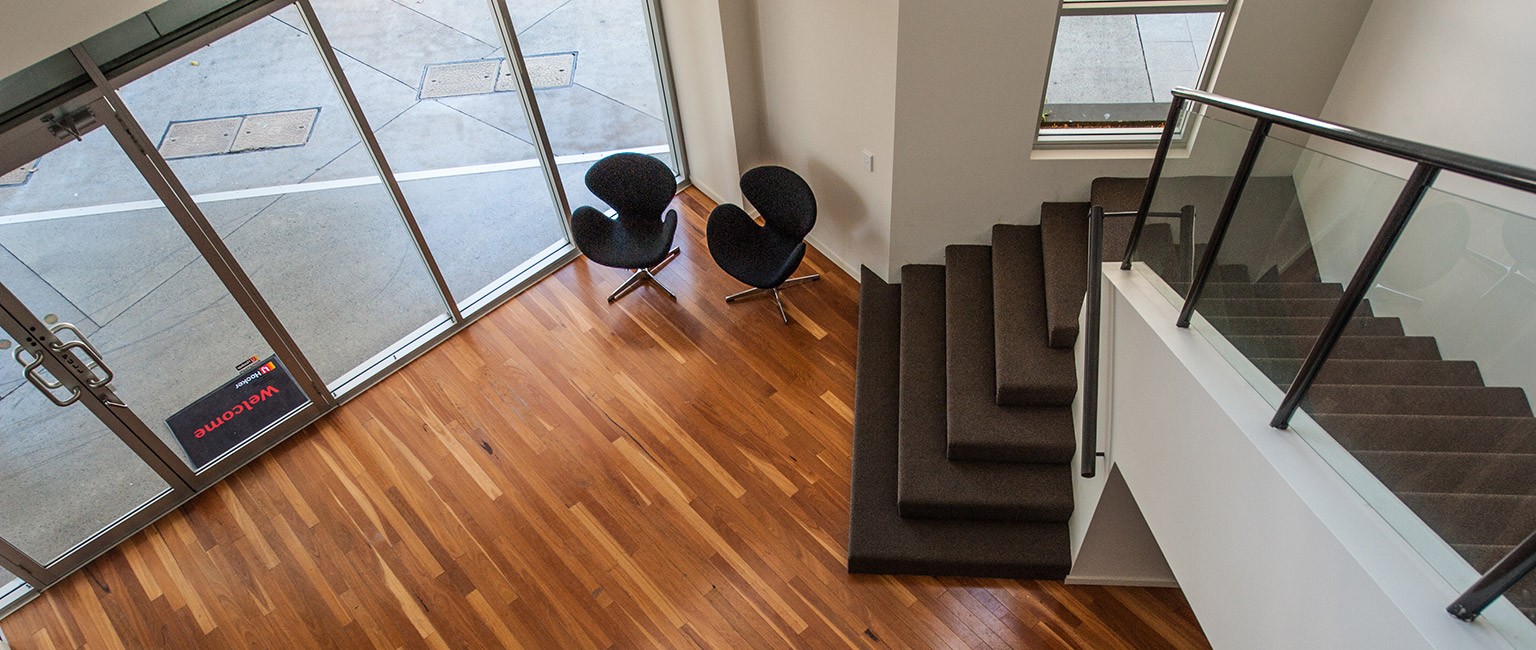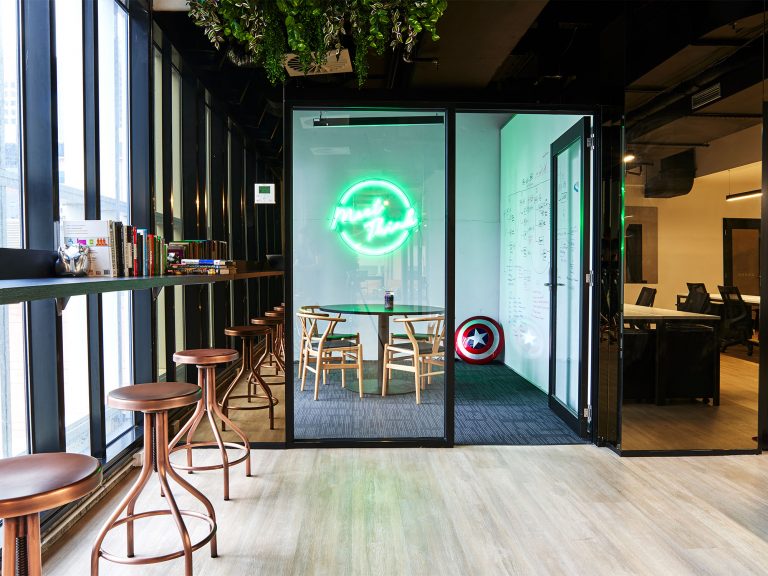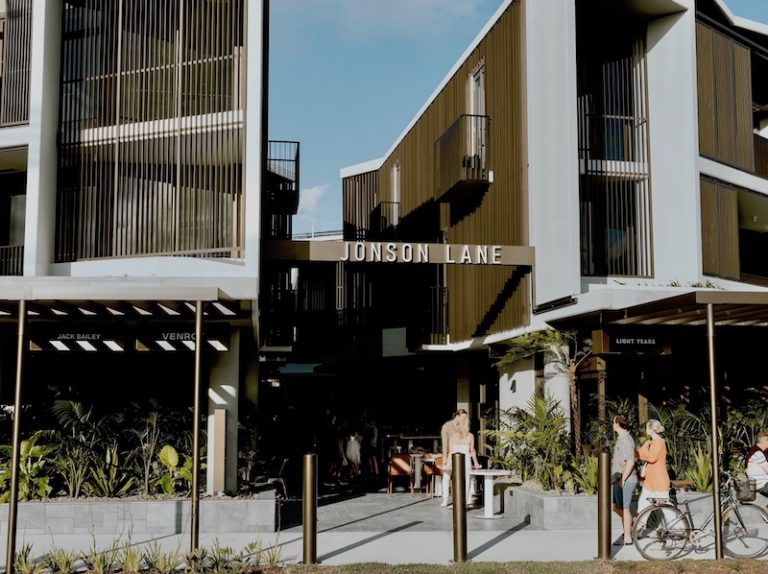10 things to look for in a commercial property

Making the decision to move your business into a new commercial space is an exciting one, but it’s only half the battle.
Now you need to find the property that’s the perfect fit for you, your staff and your customers.
Here are 10 things you should be looking for in a commercial property.
1. Transport
An increasing percentage of Australians choose to commute by public transport, so choosing a location without a nearby train, tram or bus line could severely impact your potential pool of staff and customers. Look for a property within easy walking distance of a train station, and one that’s located near other similar businesses, so that potential customers have more than one reason to get off at your stop.
Location, location: Why accessibility matters to your business
2. A size that suits
Commercial leases are typically much longer than residential leases, so it’s critical that you find a space that’s the right size for your operation. Tenancy Solutions Australia director Leon Kriewaldt says it’s worth spending some time working out exactly how much space your staff, equipment and customers will need. “Too often you see tenants go to the marketplace and they get it wrong. They fall in love with a space and months later they get interior people to move a few offices around and find they don’t fit into it,” he says.

3. Parking
How badly will people want to visit you if it costs them cash for the privilege?
As anyone who lives in a densely populated city area will tell you, parking is worth its weight in gold. The same goes for commercial properties. While your staff will likely sniff out a regular car parking spot nearby, your customers won’t be so forgiving if they can’t get close to your business. The same goes for metered parking. How badly will people want to visit you if it costs them cash for the privilege?
4. Neighbours that match
Do your research into the other businesses you’ll be sharing your street, building or office space with. WBP Property Group national property manager Phillip Walter says surrounding yourself with businesses that offer similar or complementary services can actually enhance your customer base. “If you’ve got people who are in the same market, they can sometimes feed off each other and you get some synergies happening and you get a great result for the mass,” Walter says.
5. A place to escape
No, we don’t mean a fire exit or a secret tunnel behind the printer. Commercial properties should have a distinct ‘breakout’ area where staff can grab a coffee, eat their lunch or just take a 10-minute mental break, without feeling like they’re being dragged back to their desk or workstation.
Happy place: Staff-friendly office fit-outs
6. The right fit
Getting the right systems in place (and knowing what it will cost you to do so) is something every business should consider before moving into new premises. Something as simple as inadequate air conditioning can hit you hard after you’ve moved in, Kriewaldt says. “As an example, if you’re planning on putting in fairly heavy density numbers of people into office space, very often the air conditioning in the building won’t be able to cater,” he says.
“All of a sudden when they move in they find that the air conditioning doesn’t work and they have to put in supplementary systems, and they can add up to a couple of hundred thousand dollars. We always recommend getting independent engineers to check out the mechanical systems in the building.”
7. Lots of light
A workspace shouldn’t feel like a nuclear bunker or a dungeon. Having a decent source of natural light is important for attracting and retaining staff, and real estate agents say that properties that invite more light are in increasingly high demand.

8. Electrics
Here’s one for the experts. If you’re a business with big electrical requirements, it might pay to check that the building will be able to accommodate you. Kriewaldt says larger tenants with employees that all run multiple computer screens can quickly put their power capacity in the red. “We saw this recently for an education user group,” he says.
Don’t wait until it’s too late to learn that the building can’t accommodate you.
“The substation didn’t have enough capacity and it was going to cost $500,000 to get it upgraded. Because we found that out before we negotiated the final terms, we were able to put it on the landlord and they agreed to pay it.”
9. A good net result

Walter says that data and internet availability is becoming an increasingly important factor for many businesses seeking a new space. “If you’re buying the building or leasing space within the building, it’s important to understand how much data is available to each floor. Every now and then we find a building that doesn’t really cut it,” Walter says.
10. Incentives
Don’t assume that the price on the box is the best deal you’ll get on a commercial property. Kriewaldt says it’s best to ask an expert to ensure you don’t get taken for a ride. “With (rental) incentives running in the order of 30%, in real terms rents are 30% over what they should be, and unsuspecting tenants come along and they don’t understand how it all works and end up not really getting the incentive they should be getting, and missing out.”
Save money: Dress an office on a budget







